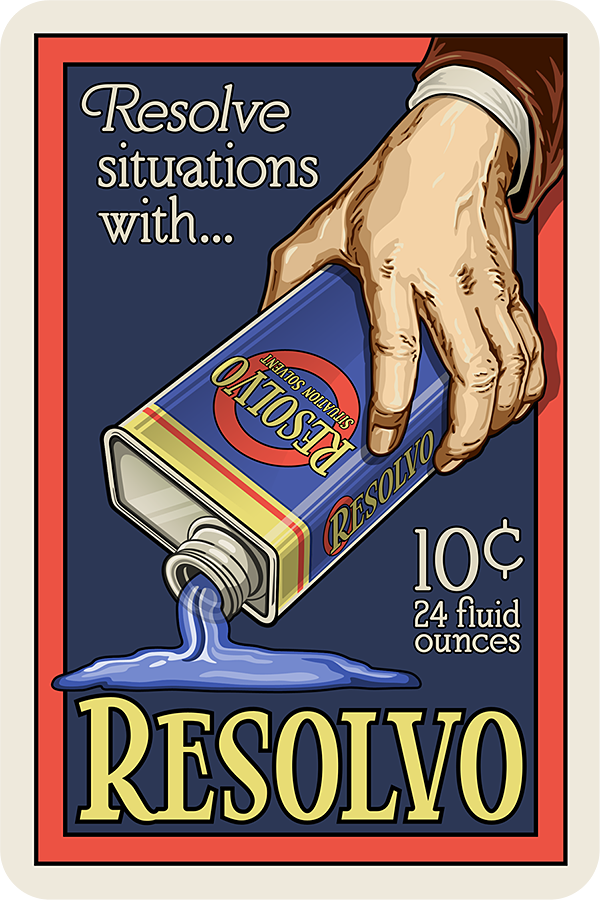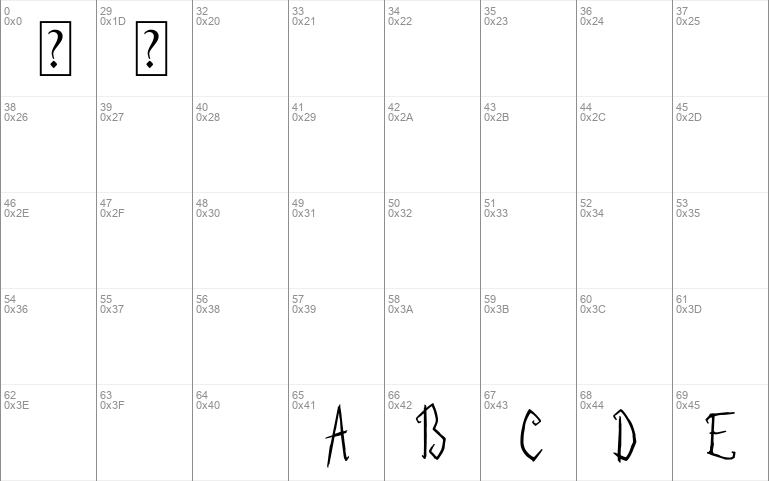
The main title from the American release of “The Cabinet of Dr. Regardless of the method followed, we see the emergence of typography that seeks to match letterforms with the subject matter and even the zeitgeist - including typefaces inspired by art movements such as art nouveau, art deco and expressionism - as well as the commercial vocabulary of packaging design and advertising. Among the fonts often adopted for titles and inter-title cards were Pastel (BB&S, 1892), National Old Style (ATF, 1916) and Photoplay (Samuel Welo’s Studio, 1927). In addition to hiring lettering artists, the biggest film studios began to employ typesetters in the production of title cards. A shot from the comedy The New Janitor (1914) featuring Charlie Chaplin is on the right, and the silent western West of Hot Dog (1924) is on the left: The following inter-titles are typical of silent movies. White lettering on a black background is another characteristic of this era, because titles simply looked better this way when projected with live-action B&W film. For reasons such as ease of production and clarity, artists favored mono-stroke letterforms or characters with small serifs. Note that variations of the director’s name are featured in five ways:įilm titles and letter cards had to provide essential information to the viewer. Griffith’s “Intolerance” (1916), which many reviewers and historians consider the greatest film of the silent era. Distinct from these inter-titles was the film’s main title, a vehicle of particular concern to film producers because of the legal, copyright and marketing information this footage had to bear. These cards were the responsibility of the lettering artist, who collaborated with the scriptwriter and director to create narrative continuity so that audiences could follow what they were seeing. Film titles made their appearance in the earliest silent films, along with letter cards (or inter-titles), which provided context.

Words and lettering played an enormous role in films of the silent era. David generously contributed to this article.

Today we’ll take a closer look at that short space of time between the moment the lights go down and the first scene of a film, the part that so often sets our expectations of a movie, that sequence that speaks to our creative side: the art of the film title.

But what about movies such as Goldfinger, Seven and Snatch? What’s the first thing that comes to mind? We are pretty sure their opening title sequences stick out for many of you.
#Silent movie font for mac tv
Have you ever thought of what makes you remember a certain movie or TV show? Of course, it’s the story being told, you’ll say. At the end of this post, you’ll find a listing of relevant typefaces and Web resources.

Whether you are a motion graphic designer, a digital artist or a connoisseur of design, we hope you are inspired by these film titles and the ideas they suggest to your own creative endeavors. They have always served a greater purpose than themselves: to move the overarching story forward. In them we see the bond between the art of filmmaking and graphic design - and perhaps visual culture as a whole.


 0 kommentar(er)
0 kommentar(er)
